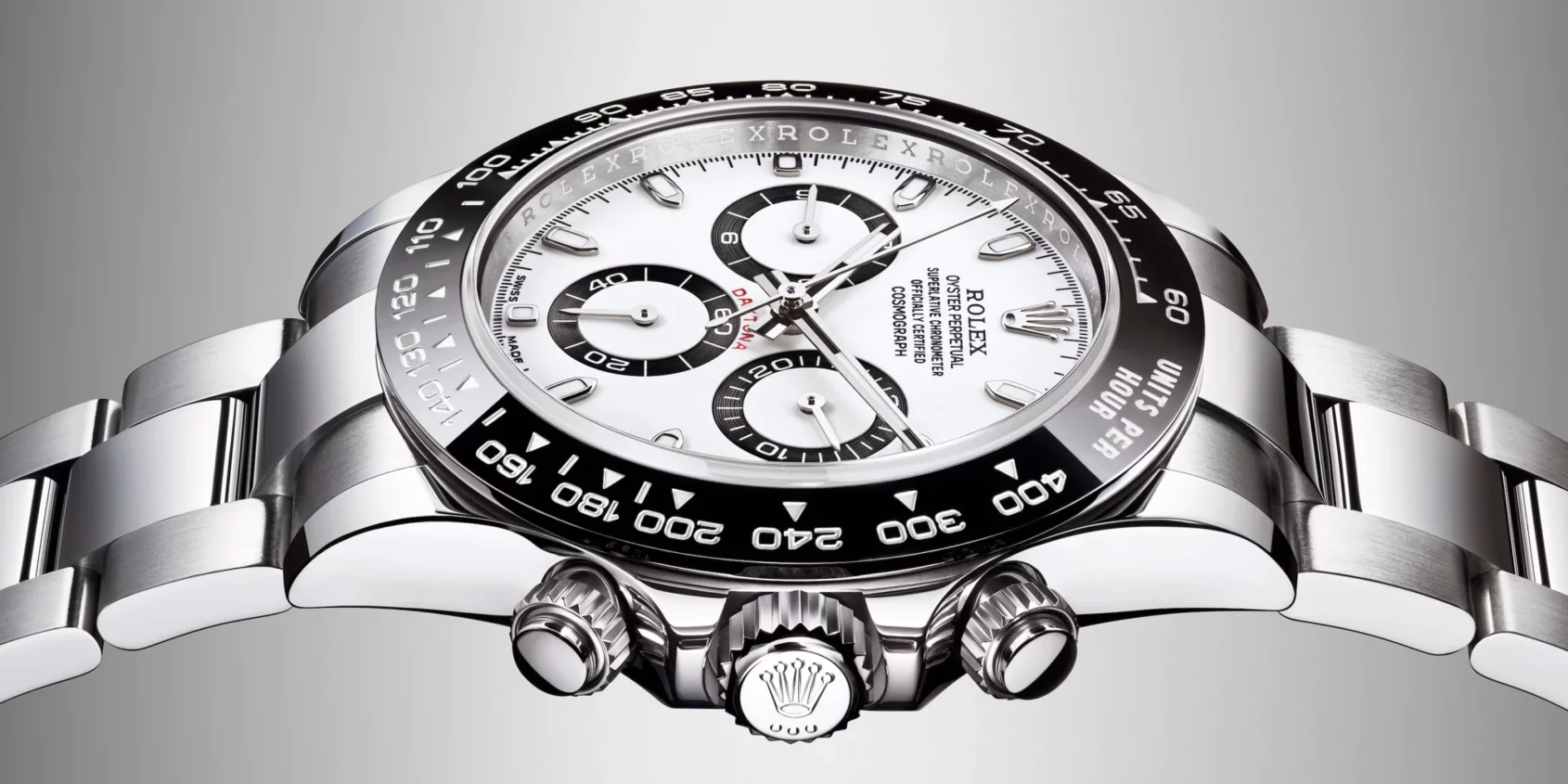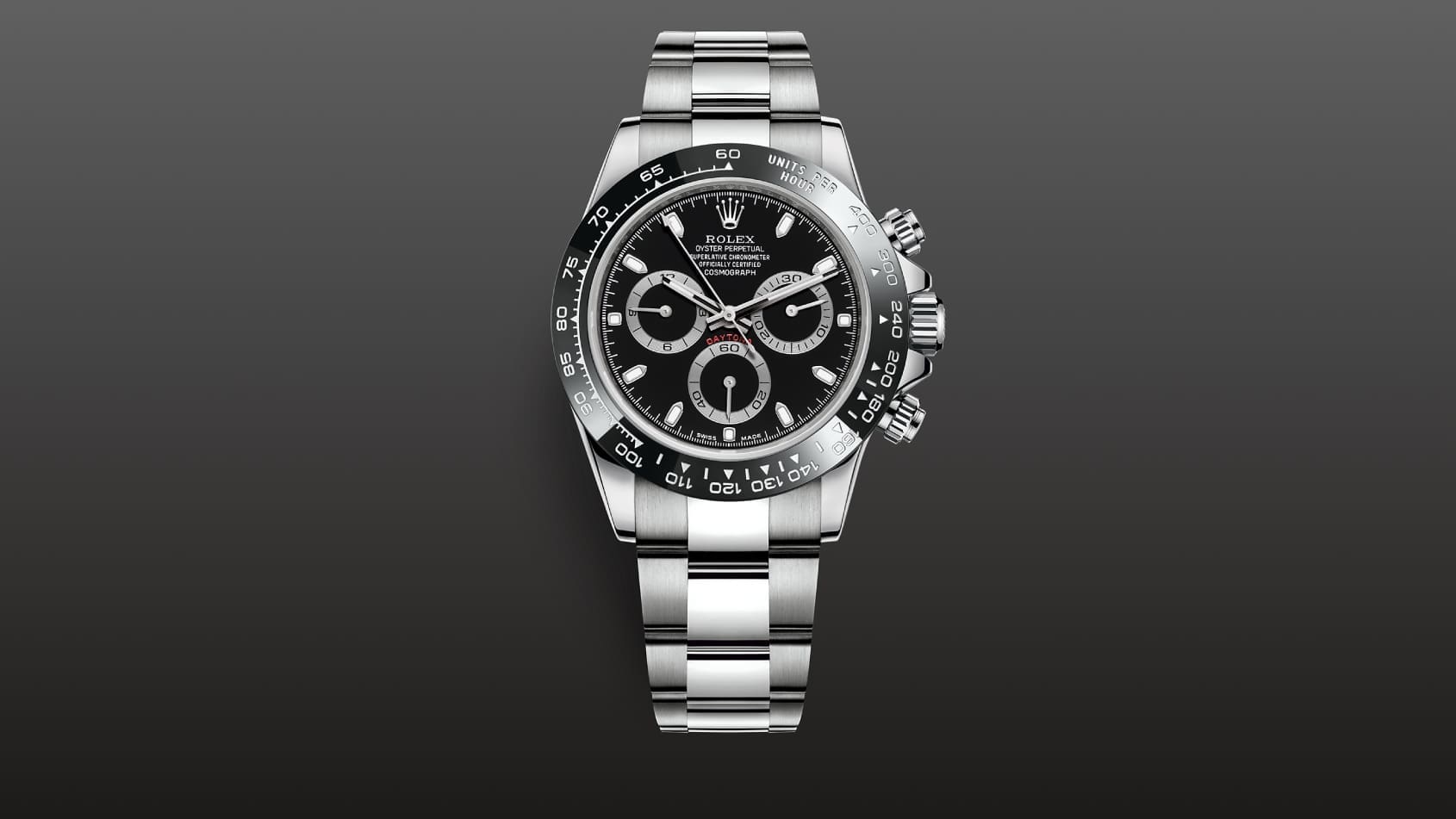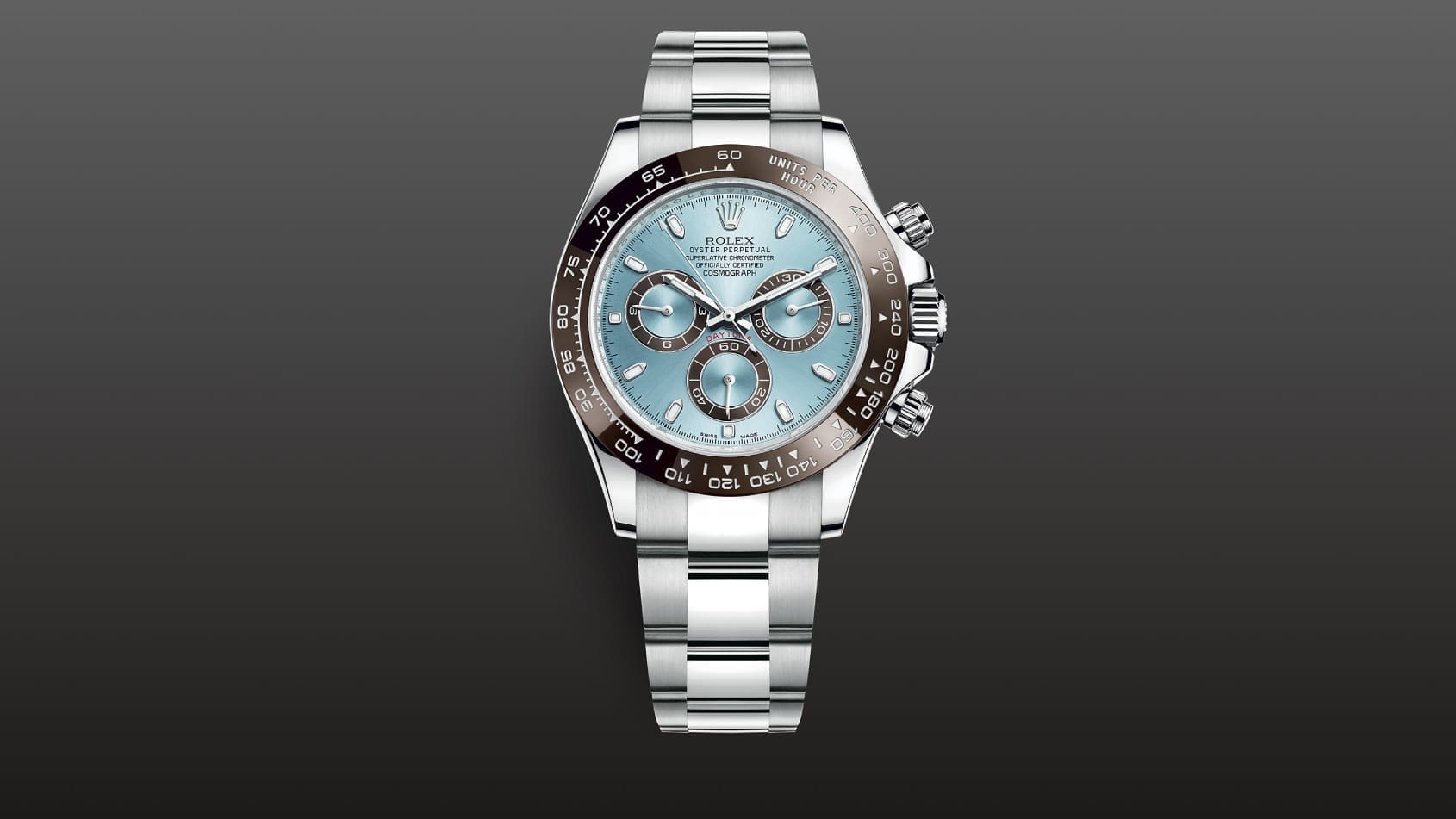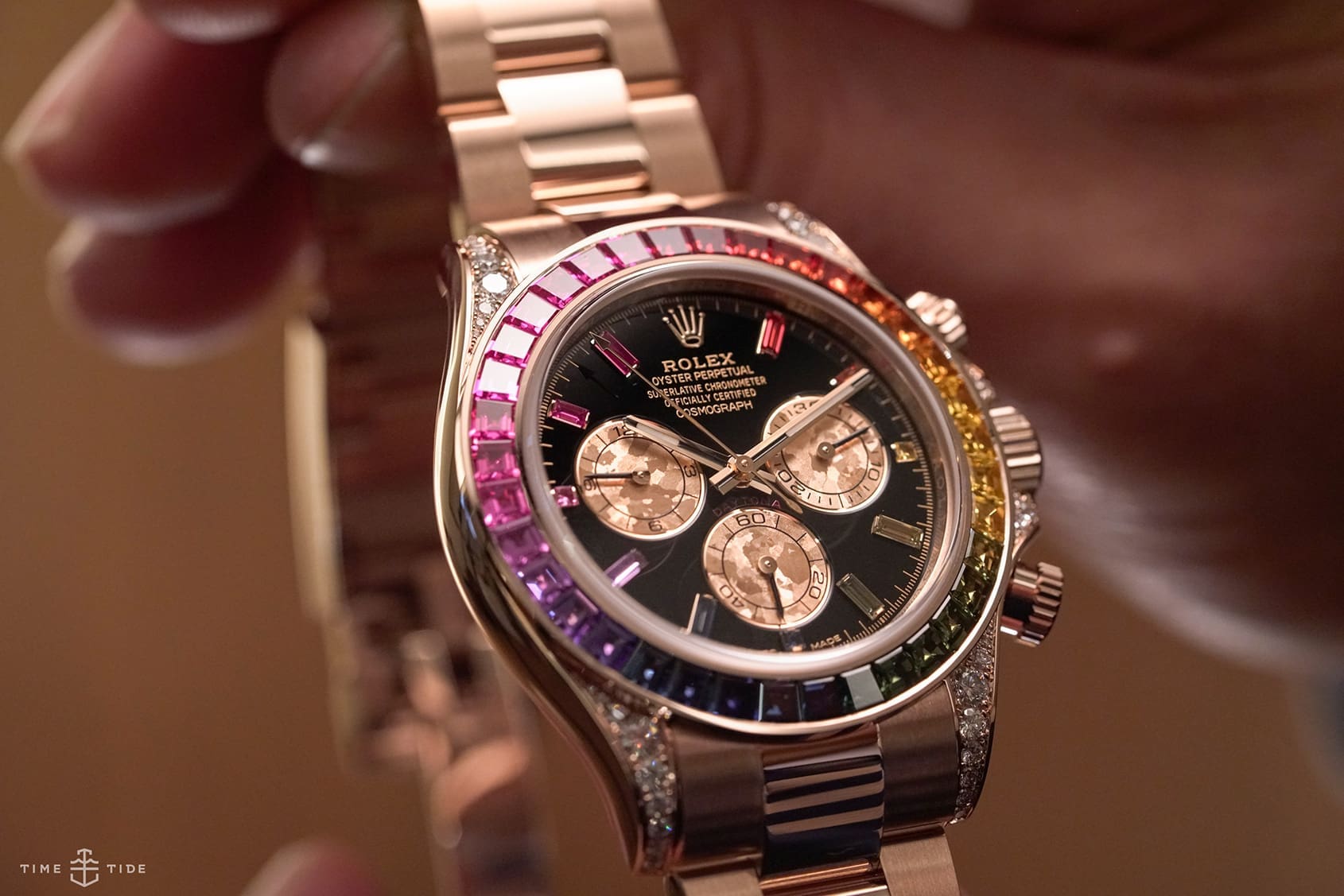The Immortals – Why the Rolex Daytona is still the ultimate chronograph to trigger serious FOMO
D.C. HannayEditor’s note: The Immortals is a new series that delves into a watch that we believe deserves recognition as a bona fide modern classic. You’ll already be familiar with most of the watches, we imagine. But DC will delve a bit deeper into these timepieces to explain why they’ve quickly established themselves in the horological canon. Today, it’s the Rolex Daytona.
When it comes to the world’s most desired timepieces, one name stands head and shoulders above the rest: Rolex. And among the legendary models from the storied marque, the Daytona chronograph is at the top of most enthusiasts’ wish lists. No other chronograph generates the same level of FOMO heat in today’s market, with its years-long waiting lists and hyperinflated values on the secondary market, which means the Daytona is sadly out of reach for most mere mortals these days. Unless you’re a close personal friend of an authorised dealer, you’re much more likely to spot a Daytona on the wrist of a hedge-fund manager, a superstar athlete, or a member of Hollywood’s elite.
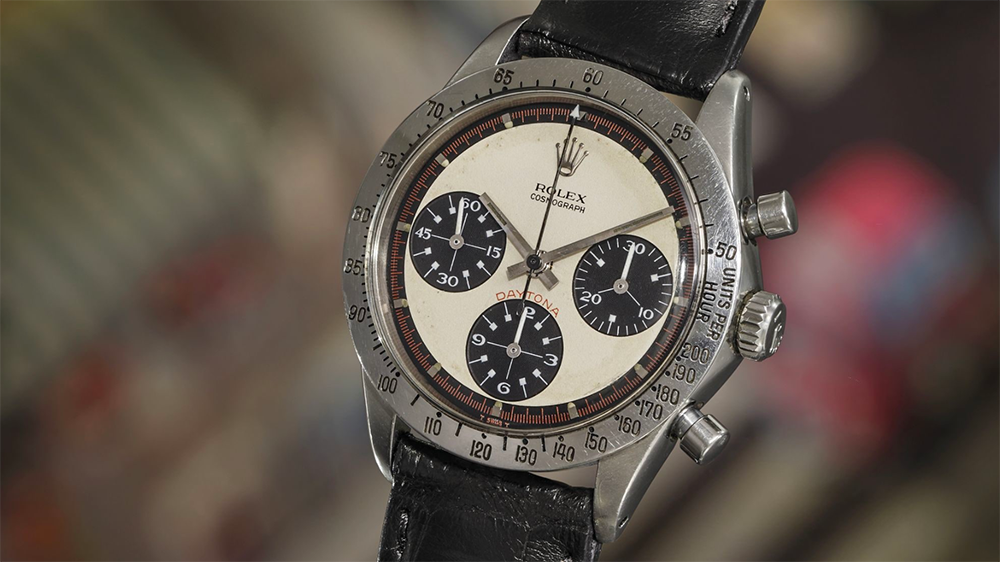
Here’s a quick and dirty history of the Daytonas that preceded the modern timepiece that’s such a hot commodity today. Although Rolex has offered chronograph watches since the 1930s, the watch we know today as the Daytona didn’t make its bow until 1963, when the 37mm Reference 6239 “Cosmograph” chrono first appeared. That was also the first time the chronograph scale appeared on the bezel, as opposed to on the dial. The name “Daytona” didn’t appear on the dial until 1964, and the watch utilised a modified manual-winding Valjoux 72 movement. There are many legendary variants of manual-winding Daytonas, none more so than the so-called “Paul Newman” exotic panda dial versions, which regularly trade above six figures. Newman’s own watch shattered records in 2017 when it was auctioned by Phillips for an astronomical US$17.75 million. The Daytona was already a red-hot seller before then, and the Newman auction pushed both vintage and modern versions’ desirability into the stratosphere, where it remains today.
Manual movements remained in the line until 1988, when Rolex finally made the move to an autowinding chrono, supplied by Zenith (the El Primero), and modified by Rolex. These “Zenith Daytonas” are highly regarded, and command a premium in today’s vintage market. The Daytona name itself? It’s named after the legendary high-speed Florida auto circuit, where history was made many times over the years during the 24 Hours of Daytona races, with Rolex as a main sponsor. In fact, winners receive a Rolex to go along with their trophies.
The Daytona didn’t get its own in-house movement until 2000, with the introduction of the vertical-clutch 4130, and in 2016, Rolex debuted a ceramic bezel, in a proprietary formulation known as Cerachrom.
The evolution of today’s Daytona is bigger, blingier, and more robust than those early models, currently featuring a 40mm case, the COSC-certified 4130 chronometer movement, applied gold dial indices, the ceramic bezel, and water resistance of 100 metres with a screwdown caseback, crown, and pushers. The current list price for a 904 stainless Oystersteel model on an Oyster bracelet is $14,550 USD, but you’re unlikely to find a new one for less than $45K. And as you climb further up into jewellery territory, you’ll find prices that can cause a nosebleed. Options include yellow, white, and Rolex’s own Everose gold, gold with meteorite dials, and the flexworthy platinum version, with an ice blue dial and chestnut brown Cerachrom bezel.
If those options aren’t quite flexy enough, and price is no object, the completely nuts jewelled Rainbow Daytona will set you back close to seven figures.
Demand for the Daytona remains at an all-time high, and shows no signs of abating. But if you find the combination of history, craftsmanship, and sheer unobtanium too much to resist, nothing else will do.




